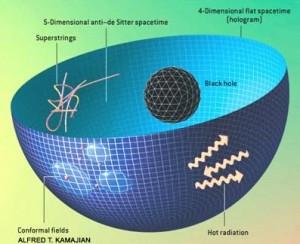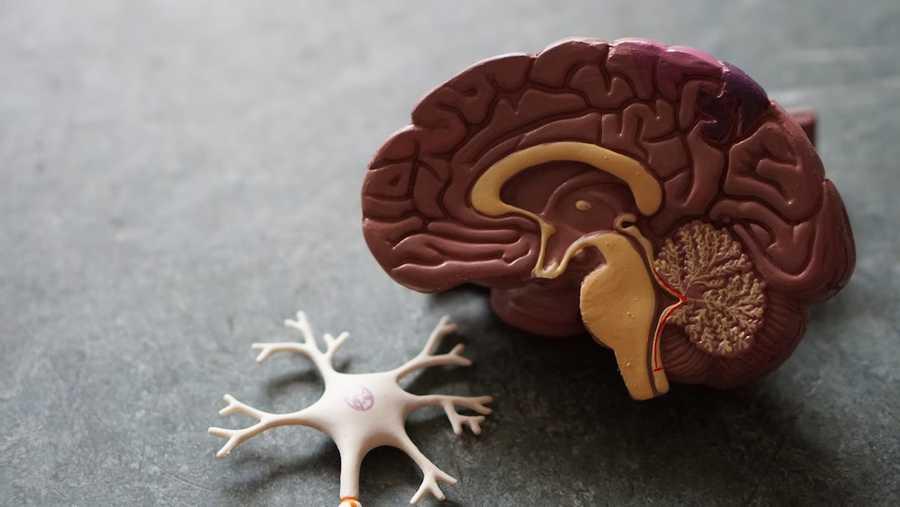The holographic principle
The idea is that all the quantum mechanical information inside a black hole can in certain circumstances be considered as spread out on the boundary of the black hole.
If you think of the interior of the black hole as a three-dimensional region of space, and the boundary as a two-dimensional boundary, one can think of all the information of the black hole as being located on the boundary. That’s holography because there’s a two-dimensional boundary that is filling the three-dimensional inside.
27
195 reads
CURATED FROM
IDEAS CURATED BY
Strange things happen when you try to combine Einstein’s description of curved space-time with a universe made up of quantum wavefunctions. This podcast shows how space and time are emergent properties of quantum reality but not fundamental parts of it.
“
The idea is part of this collection:
Learn more about space with this collection
The importance of networking in podcasting
How to grow your podcast audience
How to monetize your podcast
Related collections
Similar ideas to The holographic principle
The Holographic Principle
"The number of degrees of freedom in a spatial region is proportional to its surface area instead of its volume” - Daniel Harlow, Quantum gravity theorist at MIT.
History Of The Metaverse
In the 1992 sci-fi classic, Snow Crash, author Neil Stephenson describes a virtual-reality-based successor to the internet. The 2011 novel Ready Player One popularised the concept where you can do anything, be anyone, and go anywhere regardless of real-life circumstances.
Computers, the in...
Brains and fractals
Our brains are composed of cells called neurons, and their combined activity is believed to generate consciousness. Each neuron contains microtubules, which transport substances to different parts of the cel...
Read & Learn
20x Faster
without
deepstash
with
deepstash
with
deepstash
Personalized microlearning
—
100+ Learning Journeys
—
Access to 200,000+ ideas
—
Access to the mobile app
—
Unlimited idea saving
—
—
Unlimited history
—
—
Unlimited listening to ideas
—
—
Downloading & offline access
—
—
Supercharge your mind with one idea per day
Enter your email and spend 1 minute every day to learn something new.
I agree to receive email updates


